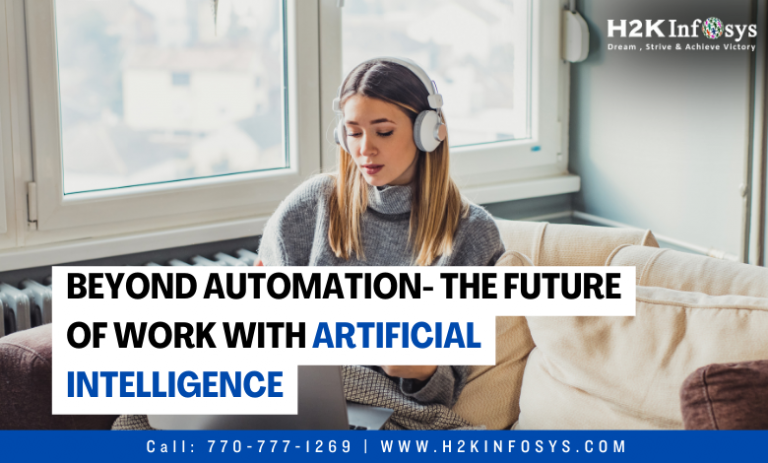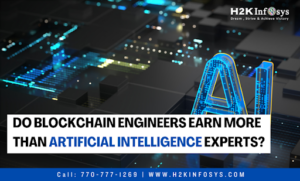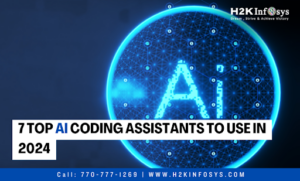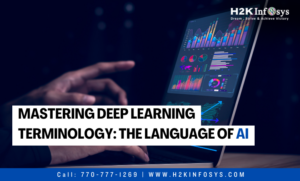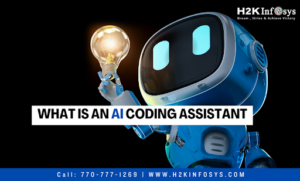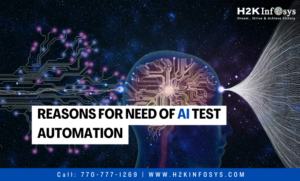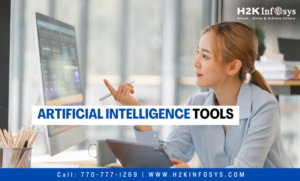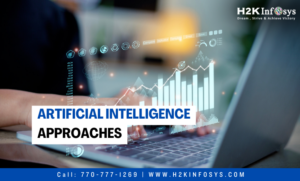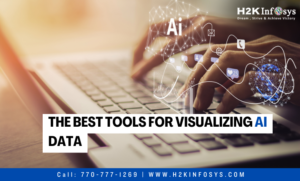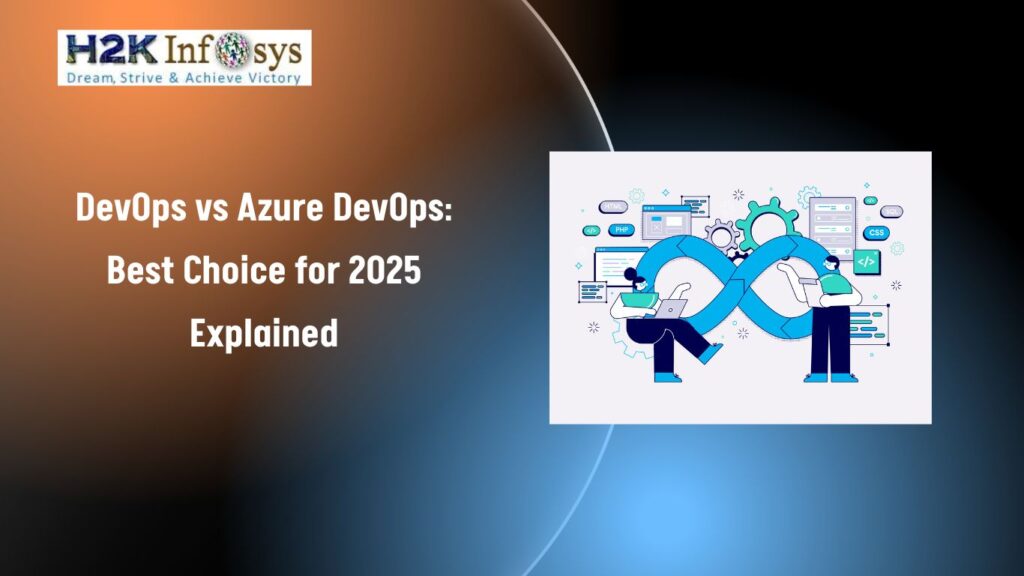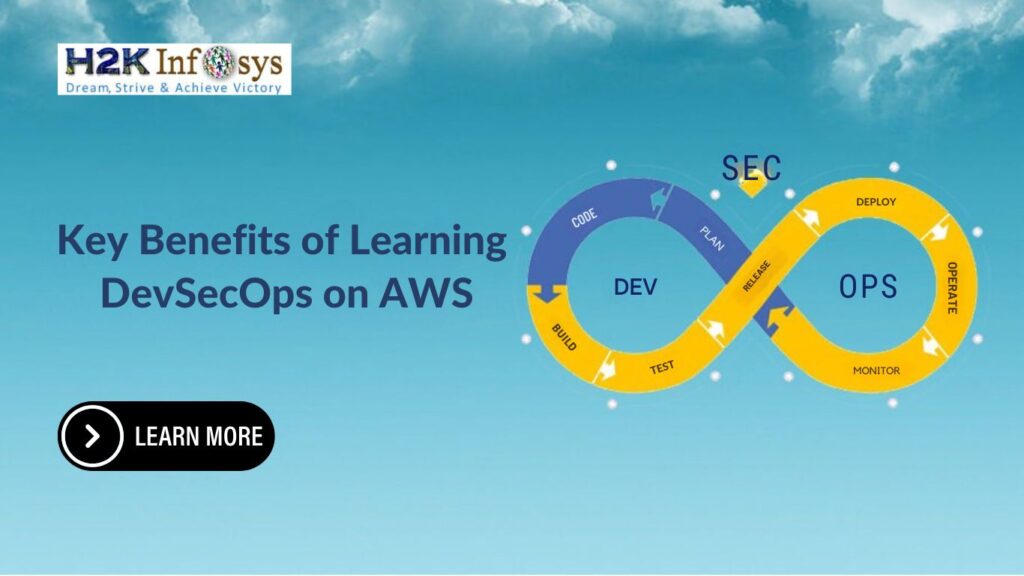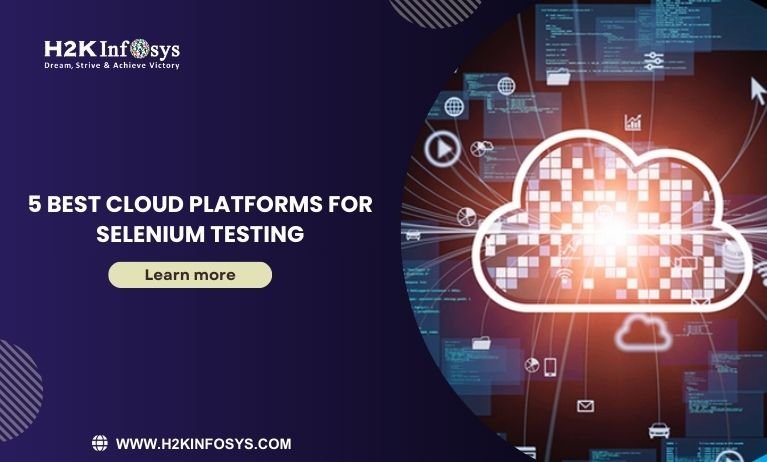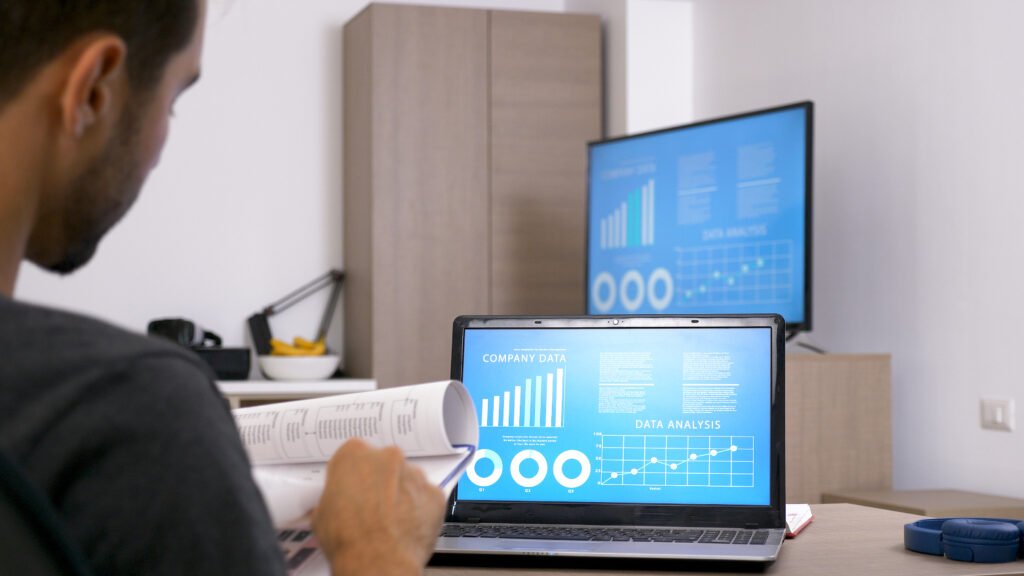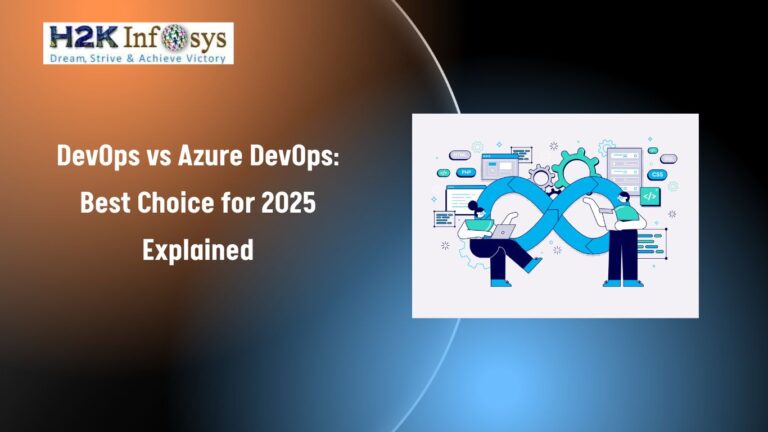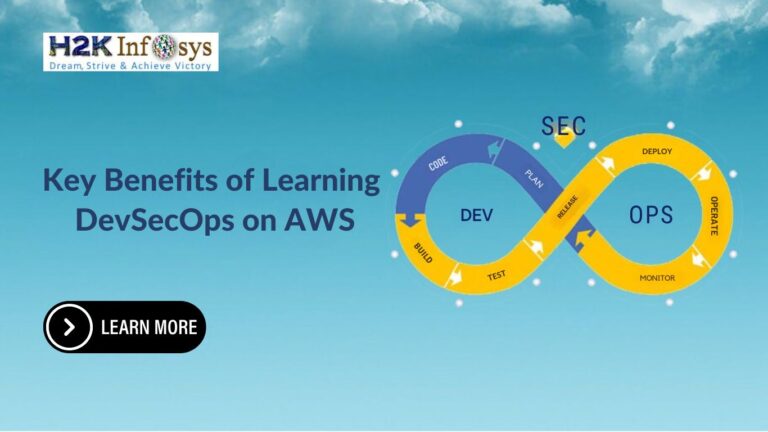Artificial intelligence (AI) and automation are revolutionising business and will boost economic growth by increasing productivity. Additionally, they will support the resolution of “moonshot” societal issues ranging from climate change to health. These technological advancements will also change the nature of employment and the workplace. More human duties will be able to be completed by machines, who will also be able to accomplish some tasks that humans are not capable of performing. Consequently, there will be a drop in certain jobs, growth in others, and changes in many more.
Except in very rare circumstances, we think there will be plenty of jobs for everyone, but society will have to deal with major workforce transitions and disruptions. In order to keep up with the more proficient machines in the workplace, workers will need to pick up new skills. They would have to switch from stagnant to expanding—and occasionally even whole new—jobs.
Many blogs, papers, and articles about how automation and artificial intelligence would change the future of work have been published in recent years. These articles take one of two approaches, depending on the viewpoint or goal of the author: either the new technology will eliminate jobs and have a disastrous impact on the labour market, or it will improve everyone’s future by eliminating only the dull jobs and creating better, far more interesting ones. For example, ChatGPT has created unheard-of excitement that oscillates between extreme viewpoints like a pendulum.
On the one hand, reactions have been largely positive, with people coming up with creative ideas for how we may use this supposedly superintelligent technology to improve our jobs in project management, data analysis, coding, journalism, and other fields. However, a number of people are expressing worries about possible abuse, such as ChatGPT disseminating false information, sending phishing emails and malicious code, revealing personal information, and taking the place of people in the workplace.
Now, let’s define AI-driven digital transformation before we get started. In summary, automation refers to the use of artificial intelligence (AI) technology to carry out jobs that are either too difficult or undesirable for humans to execute, much like what we did during the first, second, and third industrial revolutions. To learn more about Artificial intelligence, check out the AI online training.
How Will Artificial Intelligence Impact The Workforce?
The way that human adaptability and the evolution of AI capabilities interact is changing the nature of the workforce. AI is being used more and more to automate repetitive, everyday operations and jobs that largely rely on data processing. Artificial Intelligence and robotics are becoming more prevalent in data input, manufacturing, and clerical labour. But this technology disruption is about more than just replacing jobs; it’s also about changing the workforce and creating new positions.
An evolution of the skill sets needed in the workforce is crucial for the integration of AI. A combination of technical expertise and soft skills like creativity, problem-solving, and emotional intelligence will be more and more valued in jobs. AI literacy will become essential not only for IT workers but for many other areas as well.
Professor Cynthia Breazeal of media arts and sciences at the Massachusetts Institute of Technology stated, “The AI genie is out of the bottle.” It extends beyond the fields of coding and computer science. It has an impact on every facet of society. Underneath everything is the machine. If kids are going to use computers or really, almost any kind of technology, then they must be AI literate.
The modifications impact organisational structures and team dynamics in addition to specific job positions. Artificial intelligence (AI) tools will collaborate with human teams to help them become more innovative and efficient. The necessity of governance and ethical issues in the use of AI is further highlighted by this change in workplace relations.
It is probable that in the future, recruiting procedures would prioritise a candidate’s ability to adapt and collaborate with AI. Programs for professional education and training will also need to change in order to prepare students for a day when AI will be a necessary component of the workplace.
How Should You Think About AI and Your Industry?
Analysing the nature of the job involved and the current state of technology integration is necessary to understand the possible influence of AI on an industry. For example, robotic assembly lines have already greatly automated manufacturing, so even if more AI integration is anticipated to occur, its effects will probably be less pronounced than in other industries. On the other hand, creative fields that have historically relied on human creativity, like software development or advertising, are starting to see the impact of AI in content creation and coding.
AI shouldn’t be seen as a one-size-fits-all solution, but rather as a set of tools suited to specific opportunities and challenges. To find process inefficiencies and create AI solutions that meet certain requirements, human monitoring is necessary. For industries to effectively use AI and develop a workforce that can collaborate with AI, they must assess their particular circumstances.
Companies should evaluate their operational possibilities and challenges and invest in AI technologies that support their strategic objectives in order to get ready for AI’s future role. Leveraging AI’s full potential will depend on building a workforce competent in AI adaptation and integration.
A Word on Relocation
The emergence of AI is changing not just industries and employment categories, but also the makeup of the global workforce. Employers are placing more emphasis on finding candidates with experience developing and applying AI solutions. This change is having an impact on the types of workers that businesses hire and where they choose to operate.
Autonomous automobiles, virtual collaboration, and telecommuting are examples of AI-driven technologies that are transforming the nature of work and commute. The introduction of autonomous vehicles, for instance, has the potential to improve the quality of lengthier journeys, which might have an impact on housing markets and urban planning.
AI and digital technology are enabling the globalisation of the workforce, which is resulting in more geographically dispersed and heterogeneous teams. Although decentralisation gives businesses access to a larger talent pool, it also makes managing a remote staff more difficult.
AI has an impact on people’s views of job opportunities. Language obstacles may be lessened by technologies like sophisticated AI voice translation systems, which would encourage more people to think about taking on overseas projects. Similarly, choices about travel-intensive jobs may be influenced by AI’s ability to make travel safer and more effective.
Companies need to proactively think about where their operations are located, who works for them, and how they might use AI to stay ahead of the competition in this ever-changing landscape. Increased flexibility will probably be an integral component of the workplace of the future, and artificial intelligence will be essential to making this possible.
Balancing Human Creativity and Machine Intelligence
AI is a revolutionary force that is changing the industrial and work environments. Its influence goes beyond technology improvements to include employment procedures, workplace relations, and even the allocation of work around the world.
It’s critical to strike a balance between the potential of AI and ethical issues as we incorporate it into many facets of our professional lives to make sure that technology advances rather than replaces the human element in the workplace. As a result, the future of AI in the workplace is about harmony and creating the ideal balance between human creativity and machine intelligence, not merely automation and efficiency.
Conclusion
Technology advancement challenges us to adapt in every era, but it’s particularly difficult in this one right now. We have the better of the odds. But without a doubt, our imagination controls how we react and shapes our destiny. Will we accept the challenge and push its limits? Or will we let AI lull us into complacency? The choice is yours!
To learn more about AI, check out our online Artificial intelligence course.
